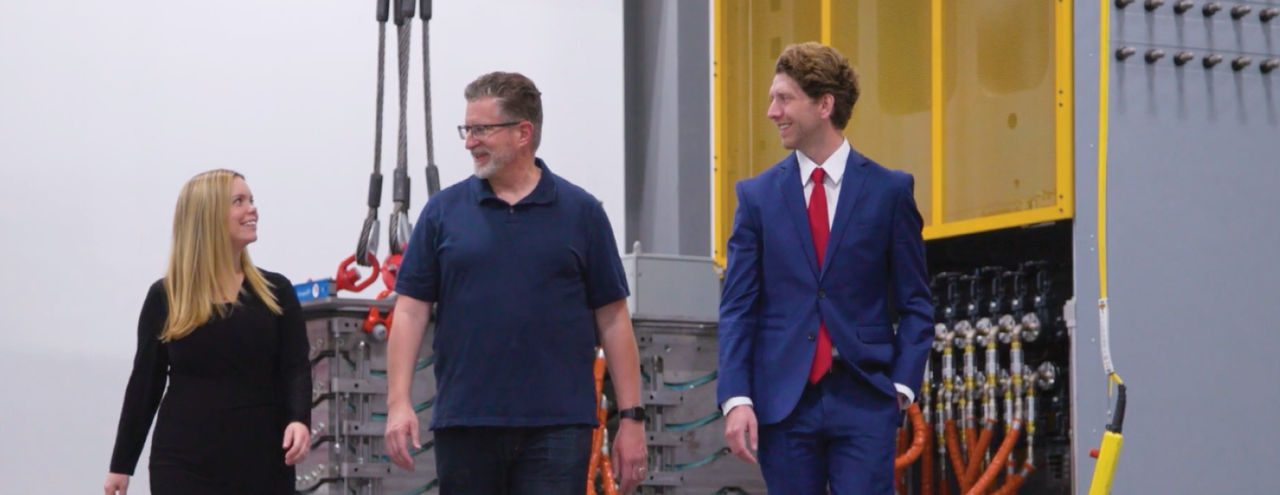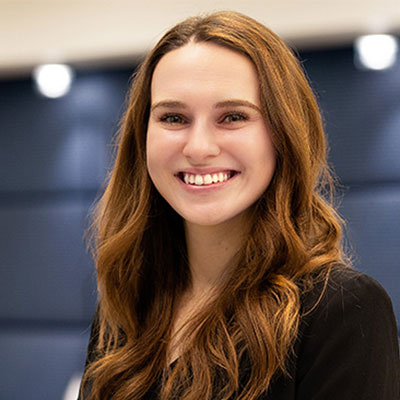Electric cooperatives have multiple funding options for asset acquisition, each with distinct advantages and trade-offs. Cash reserves provide a straightforward solution but limit liquidity for other strategic initiatives. Grants can support large projects but often come with strict eligibility and reporting requirements.
Traditional financing offers flexibility by spreading payments over time, but it typically results in ownership at the end of the term, making it well suited for long-term assets. In contrast, leasing can provide both financial and operational flexibility by reducing upfront costs while offering the option to return, renew, or purchase equipment at the end of the lease. This structure helps enable cooperatives to better manage asset lifecycles and mitigate risks associated with ownership of equipment such as IT systems, fleet vehicles, and facility infrastructure.








